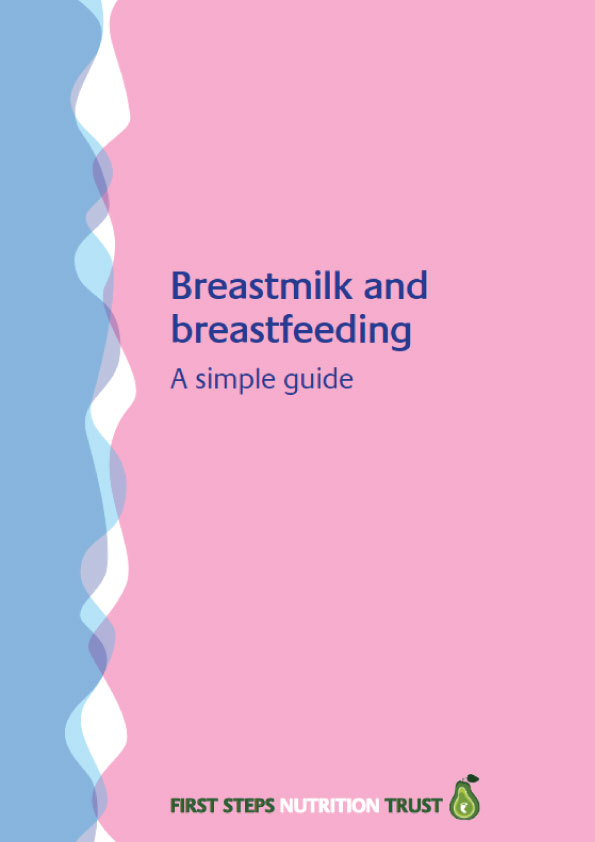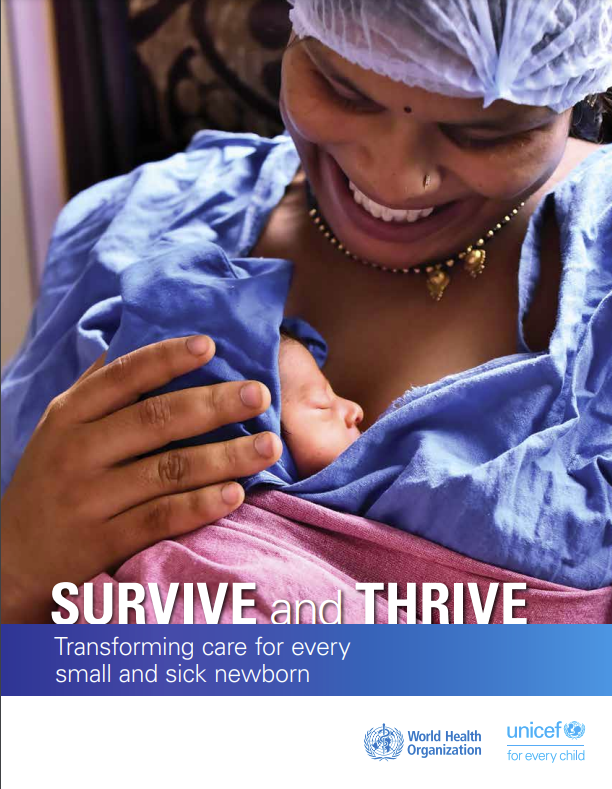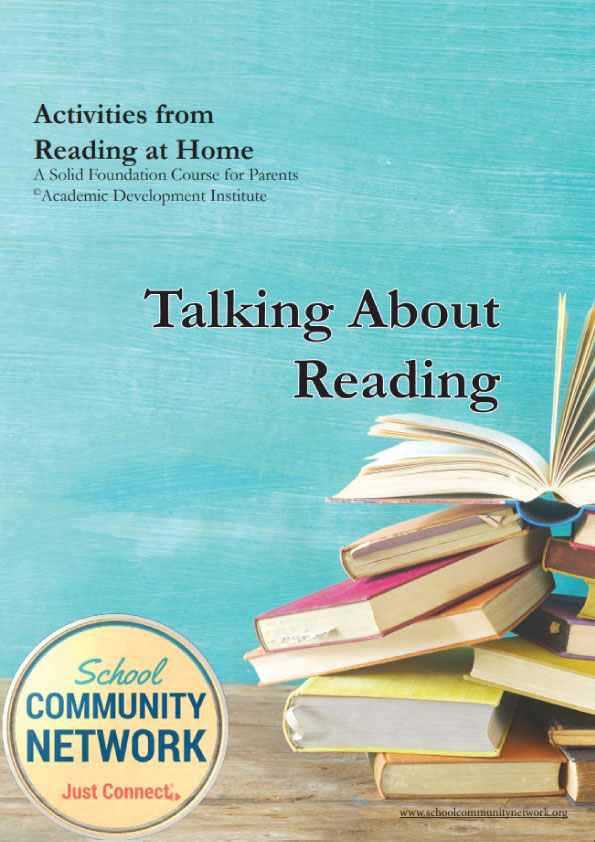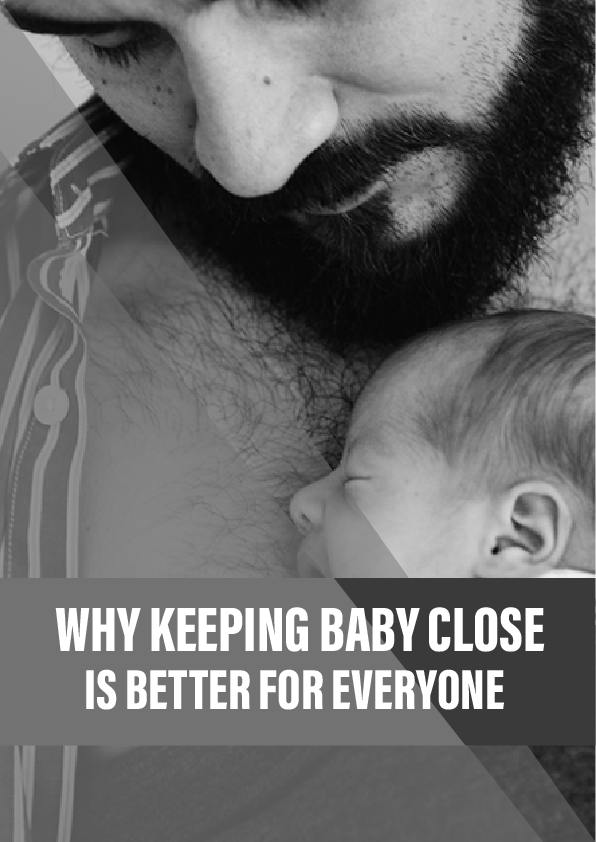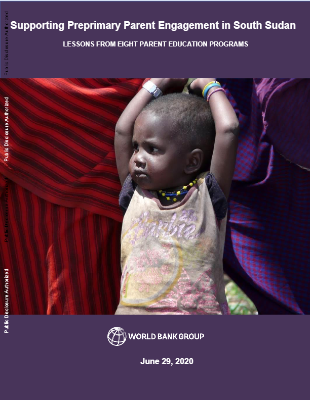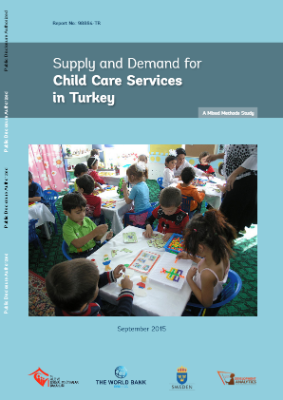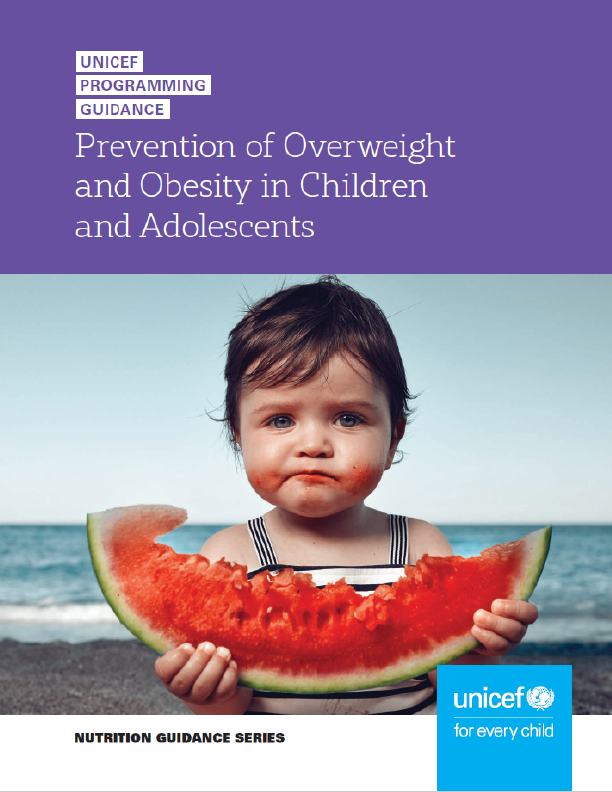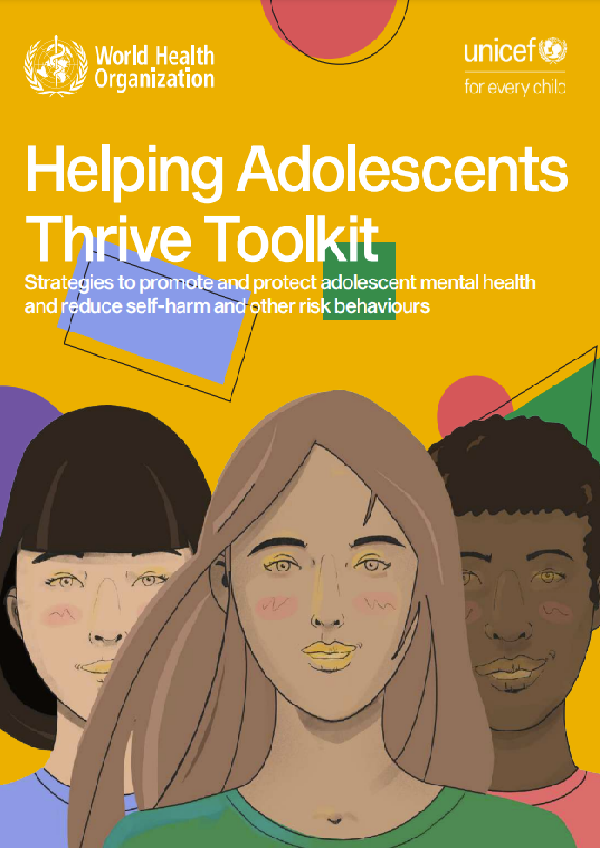What is in breastmilk?
Breastmilk is uniquely suited to a human baby. Its nutritional composition and the many special ‘bioactive’ factors it contains have allowed human populations to survive and develop for many generations.
It is impossible to make a substitute for breastmilk as its composition is dynamic – that means it is a living substance, that changes in composition during feeds and
as babies grow and develop. It is unique to each mum for her baby and for the environment in which they live. There are many hundreds of bioactive molecules in human milk that cannot be reproduced. Most of these protect babies from infections and help them develop a strong immune system for the future.
Breastmilk contains all the fluid, energy and nutrients your baby needs in the first months of life, as well as many important factors you may have heard about that are unique to human milk. These include:
- immunoglobulins and anti-infective agents that protect the infant from infections
- lactoferrin – a protein that helps babies absorb nutrients and has strong anti-bacterial properties
- special fatty acids which promote growth and development, and
- anti-viral factors, anti-bacterial substances and living white blood cells to offer protection against disease.
Did you know?
The milk produced in the first few days after a baby is born is called colostrum. This is produced in small amounts but is packed with all the important factors to prevent infection and to boost development in the first few days of life. The main purpose of colostrum is to protect the baby when he or she is most vulnerable.
From about three days to two weeks after the birth, mum’s milk will change again as the baby is growing rapidly, and the milk becomes the mature breastmilk that will support your baby throughout the first year of life and beyond.
Why does breastfeeding matter?
Breastfeeding is one of the most important things that a mother can do for her baby’s health and for her own health, and is the normal way to feed a baby.
Breastmilk costs a lot less than formula feeding, it is environmentally sustainable and is safely available, at the right temperature, whenever and wherever a baby is ready for a feed. You never need to worry about running out because, as your baby feeds, your body is busy making more milk. If someone invented a product that had all the amazing health benefits of breastmilk, it would sell at a very high price – yet we frequently waste what is a valuable and unique resource.
Good for baby
Breastmilk is the natural food for a baby and provides the baby with complete nutrition. The composition of breastmilk alters to meet the changing needs of babies, whether that be during the day or over a period of time. Breastmilk has the unique capacity to respond to an infant’s immediate environment, providing active immunity from micro-organisms and pathogens, and this is enhanced by mothers and babies keeping in close contact with one another during breastfeeds. Breastfeeding supports mother-baby relationship building and benefits the mental health of mothers and babies.
Breastfeeding has many advantages for babies:
- Breastfed babies are less likely to get gastrointestinal infections leading to diarrhoea and potentially to dehydration. This is one of the most common reasons a baby ends up in hospital in the first year of life.
- Other infections – such as respiratory infections and ear infections – are less common in breastfed babies.
- Long-term conditions such as overweight and obesity, cardiovascular disease and type 2 diabetes are less common in later life in babies who were breastfed.
- Many other conditions have also been shown to be less common in breastfed babies, such as: sudden infant death syndrome (SIDS); allergic diseases such as asthma; leukaemia; and malocclusions (misalignment of teeth).
- It is difficult to measure what influence breastfeeding has on the development and learning of children as lots of factors influence this, but studies show that, even after taking lots of other family variables into consideration, breastfed babies, and societies where more babies are breastfed, do better overall.
Good for mum
Breastfeeding also benefits a mother’s health.
Breastfeeding mothers have a lower risk of:
- breast cancer
- ovarian cancer
- osteoporosis
- cardiovascular disease, and
- obesity
The more you breastfeed the greater the benefits
Good for everyone
There are also financial benefits to the family, as well as benefits to the environment, when a woman chooses to breastfeed.
- The dairy industry which supplies the cows’ milk protein and lactose used to make most infant formula is a major contributor to global gas emissions, and climate change, worldwide.
- Making infant formula in factories requires a considerable use of natural resources and energy.
- Breastmilk needs no packaging.
- Breastfeeding requires no bottles or teats.
- No heat energy is needed to make up breastmilk or wash feeding equipment.
- Breastmilk leaves no waste.
- Formula feeding a baby in their first year is likely to cost about £40 a month – money which could be spent on healthy food for the whole family.
Breastmilk is the ultimate sustainable foodstuff!
